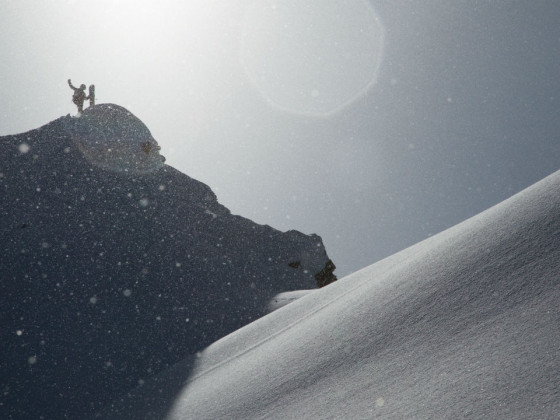WHEN I WAS 21, I packed up my life, put my car on a ferry, and landed in Haines, Alaska, to work for a heli-skiing operation. At the time I was seeking adventure, I was looking for something to shake up my life, and shake it up it did.
As a rookie you get very little time in the bird and lots of time sitting on the tarmac, fueling the choppers for stoked clients who just had the best ski run of their life. I figured I had to put in my time, just like everyone else, so I sat in the van and fueled the whirly birds day after day. Down days were spent bushwhacking through thick alders to ski the dense powder above, with occasional forays at the snow cat hill. I even got up high a few times and gawked at the sea of stunning mountains.
